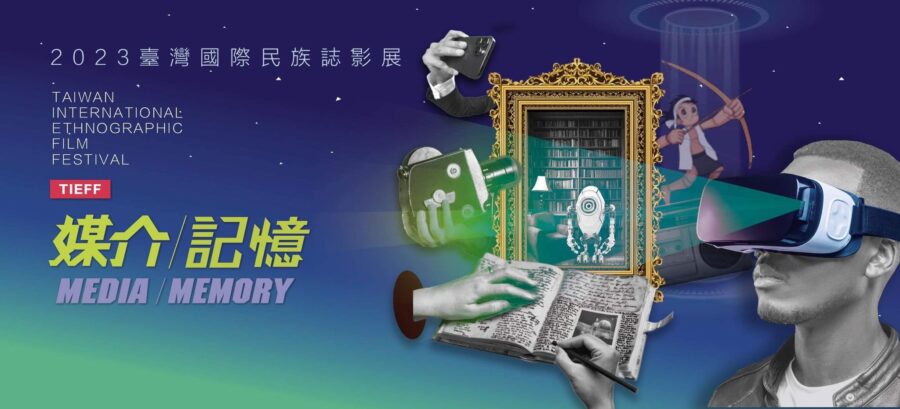Wings for Takasago Giyutai
This is a story about the descendants of Takasago Giyutai (Taiwan Indigenous volunteer units during the Pacific War) went back to the battle field of the Pacific War in Papua New Guinea following the footsteps of their grandfathers, and made a monument based on a legend of ‘Amis people who believe the soul would return home by taking the wings of a certain kind of bird. The monument was build up at the Mission Hill in Wewak, where was a Japanese naval base during the War, there are two monuments, one of them was set up by the Japanese in 1969 and the other one was build up by the Australians afterwards. A monument is not only a way to memory the history, but also a cultural representation on the spiritual world, questioning that “do you believe the soul really have returned home by taking the wings?”
